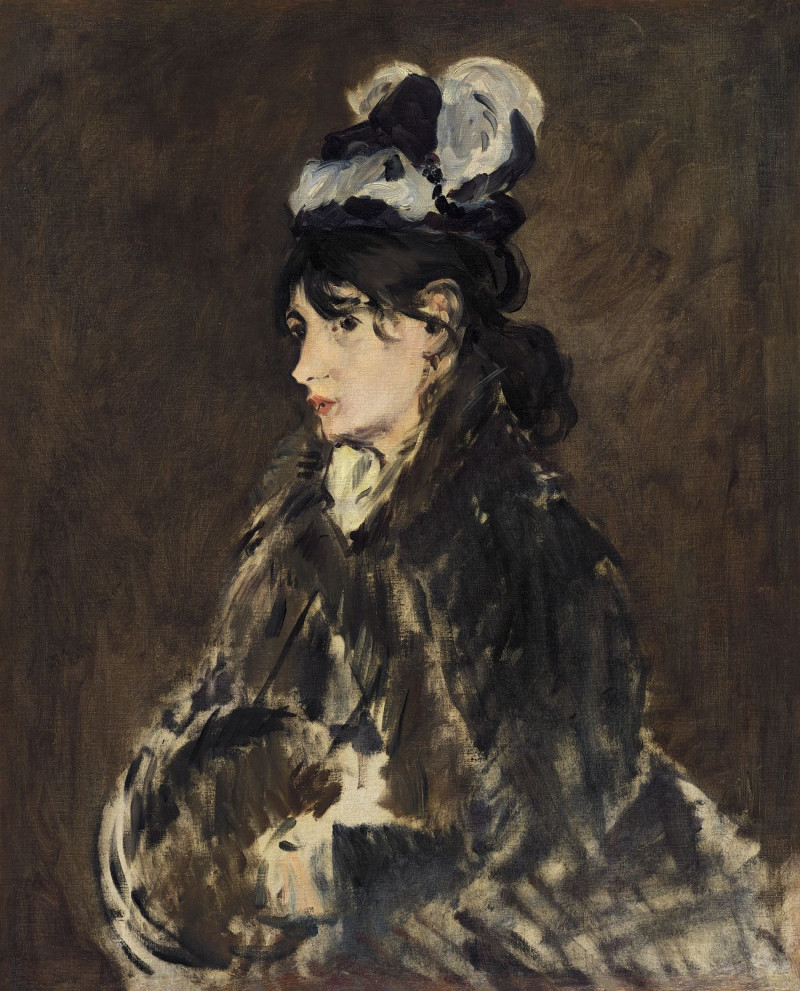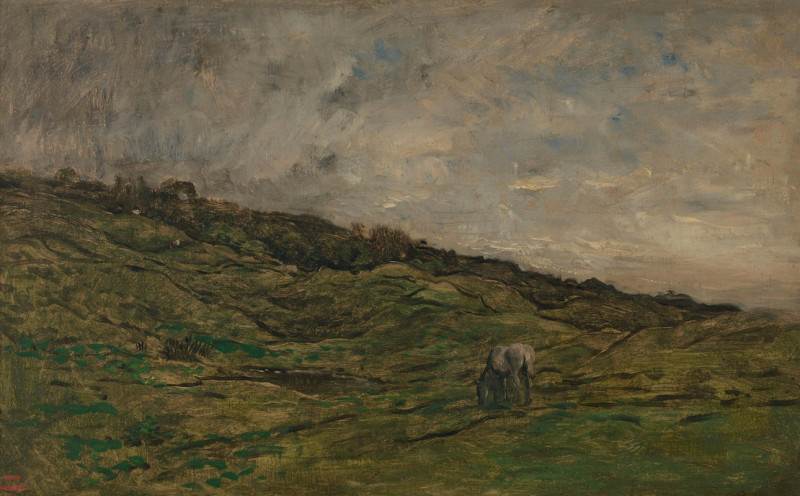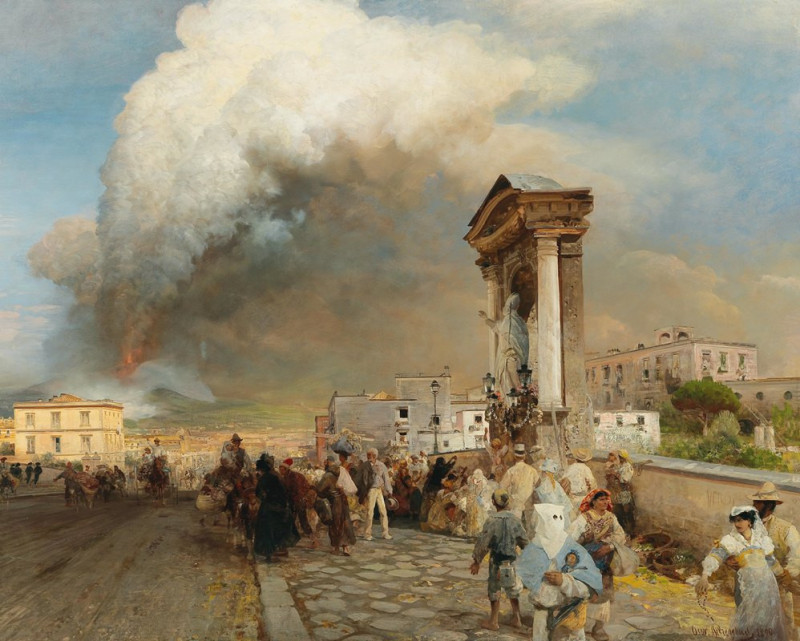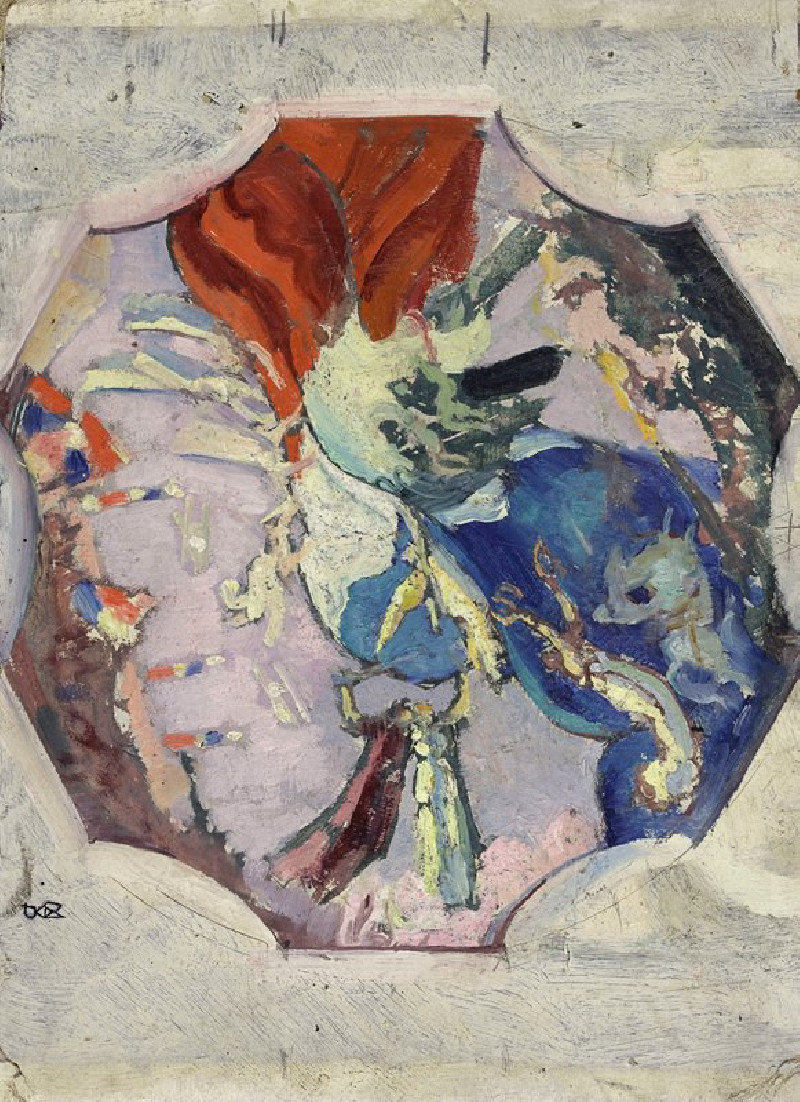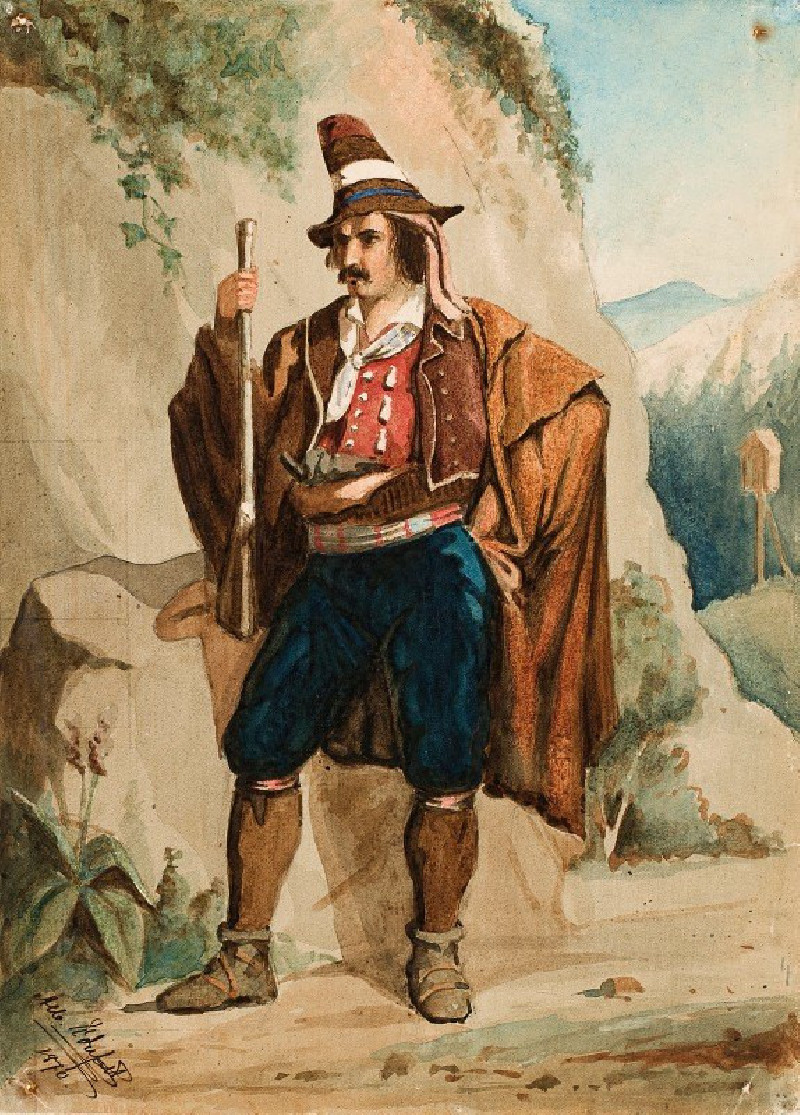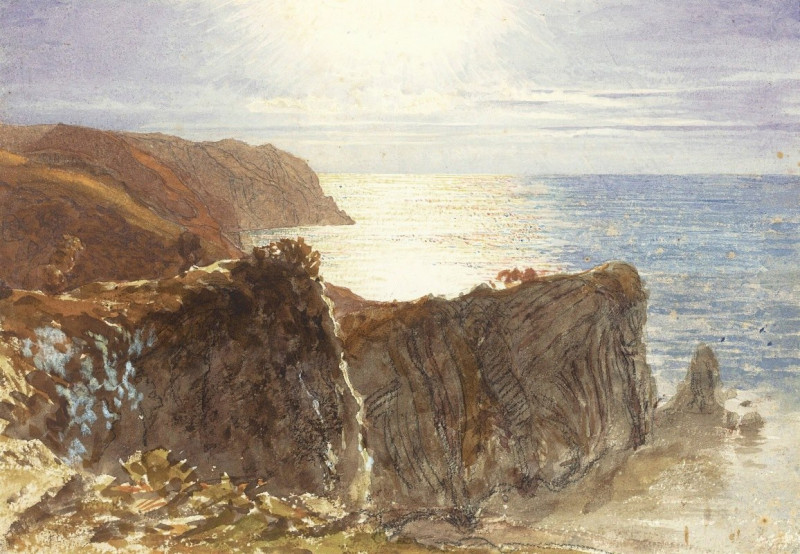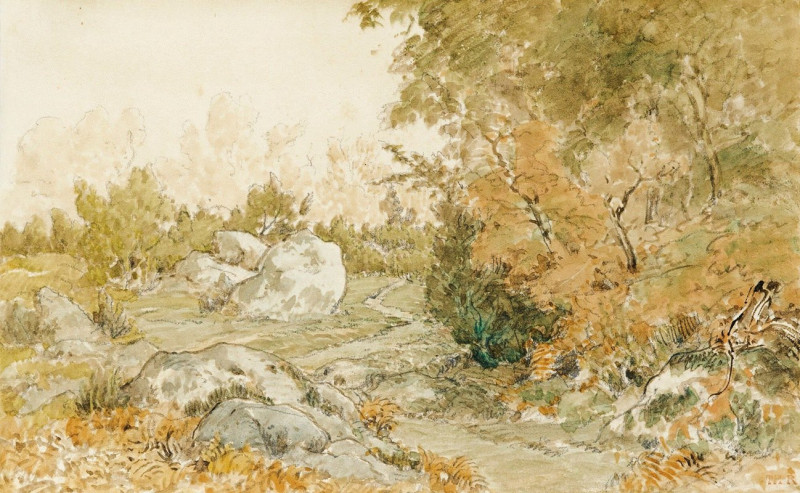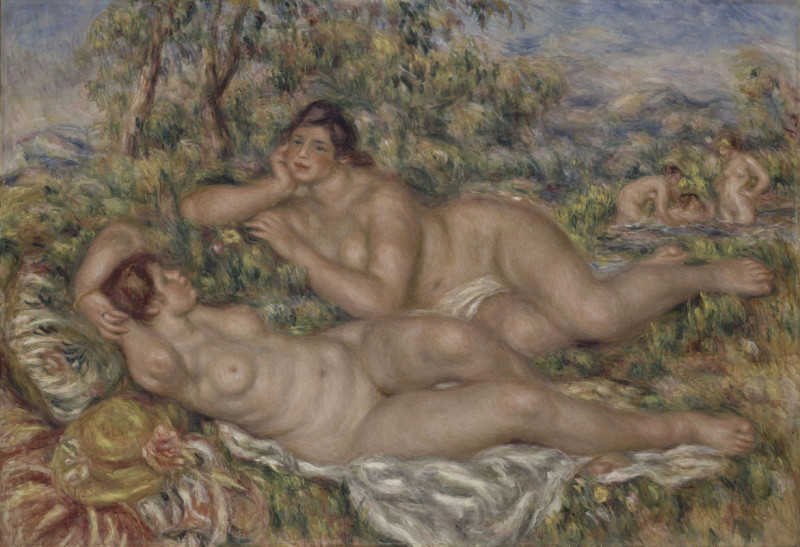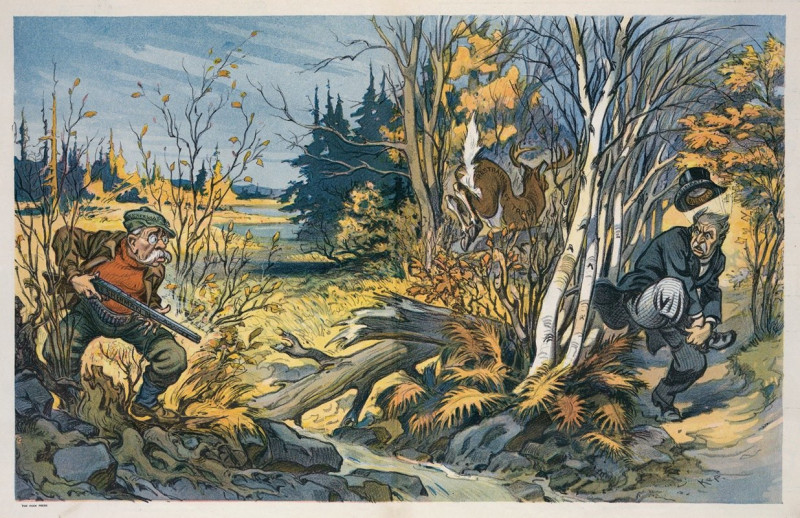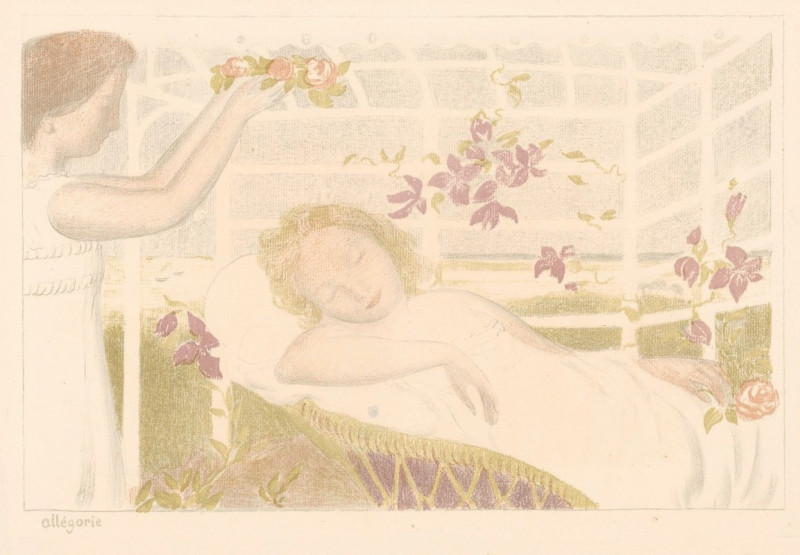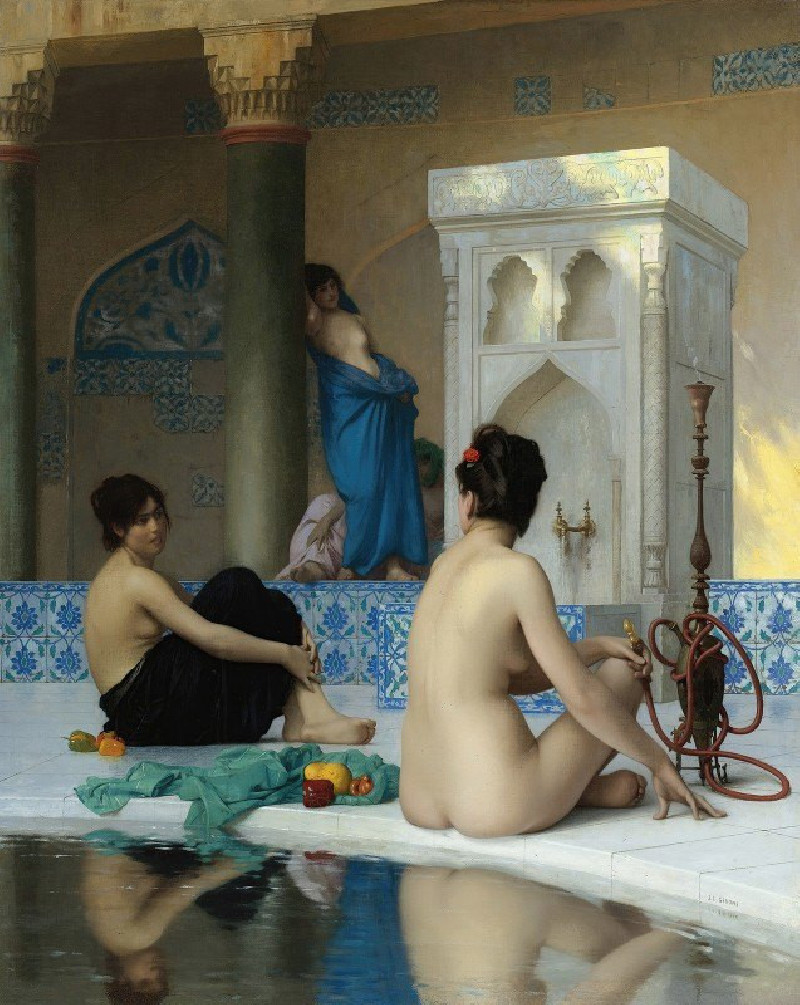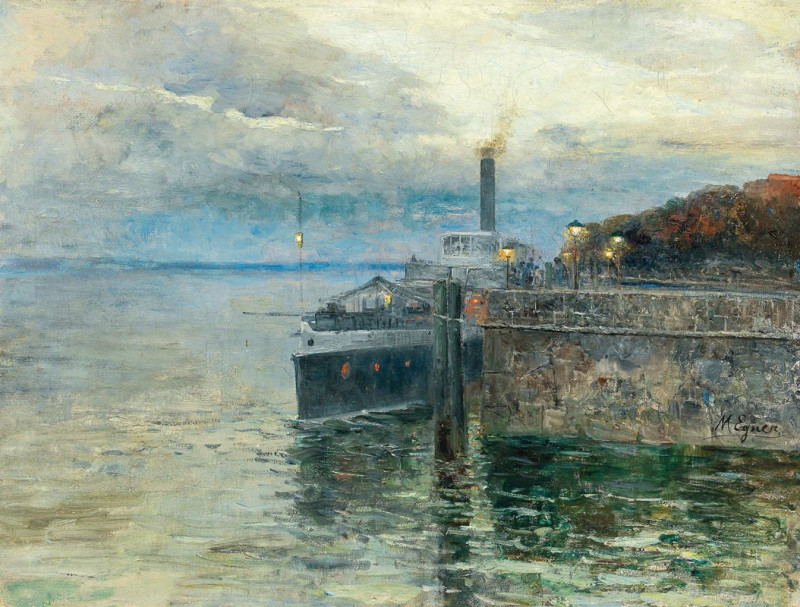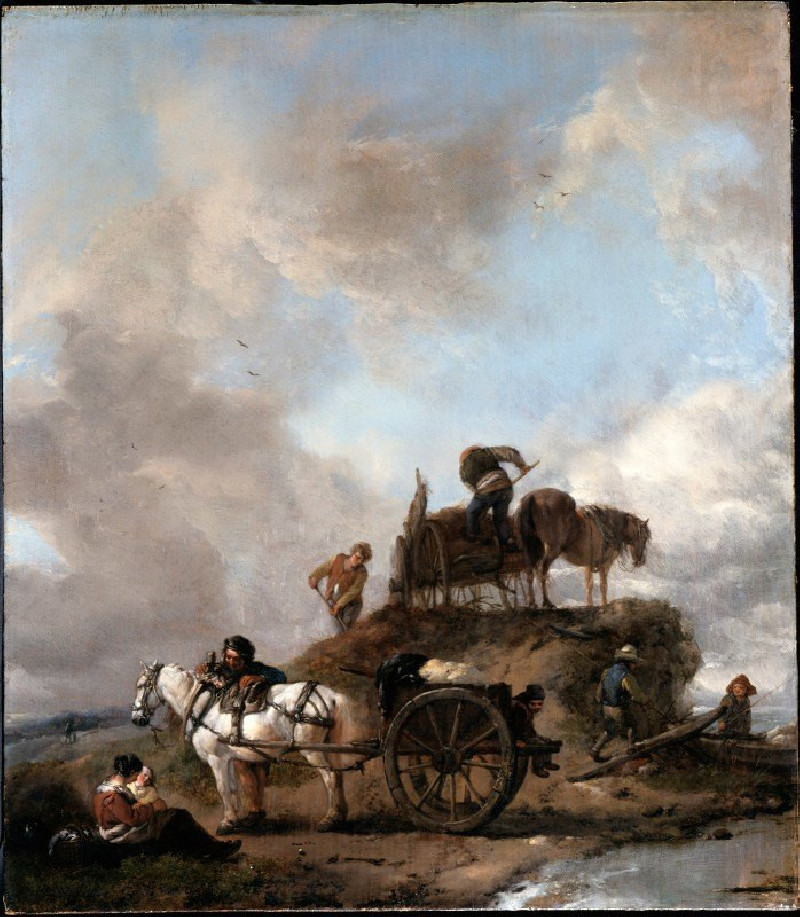Berthe Morisot
Technique: Giclée quality print
Recommended by our customers
More about this artwork
The painting titled "Berthe Morisot" by Édouard Manet depicts a woman seated in a three-quarter profile view, providing a vivid and engaging portrayal of her appearance and demeanor. This artwork captures Berthe Morisot, also a noted artist and a pivotal figure in the Impressionist movement, with a striking level of intimacy and finesse.The central figure, Morisot, is dressed elegantly. She wears a dark outfit complemented by a fashionable hat adorned with white fabric, which adds a dynamic contrast to the darker tones of her attire. The hat, stylish and pronounced, draws immediate attention with its elaborate design, reflecting the fashions of the time.Manet’s use of brushwork in this portrait is particularly noteworthy. The strokes are loose and expressive, contributing to a sense of immediacy and vitality. The background is subdued and painted in darker, muted tones which focus attention on Morisot herself. Her face is rendered with more detail compared to the rest of the composition, highlighting her facial features, especially her piercing, contemplative gaze that seems to engage directly with the viewer.The painting is a fine example of Manet’s skill in portraiture, where he captures not just the physical likeness but also a hint of the sitter’s personality and presence.
Delivery
Returns
Édouard Manet (1832–1883) was a French modernist painter and one of the first 19th century artists to paint modern life. His impressionist style is characterized by relatively small and thin brushstrokes that create emphasis on light depiction. Manet was one of the key artists in the transition from realism to impressionism, along with Claude Monet, Edgar Degas, and Pierre-Auguste Renoir. However, he resisted involvement in any one specific style of painting, and only presented his work to the Salon of Paris instead of impressionist exhibitions. His early masterworks, The Luncheon on the Grass and Olympia, created great controversy and served as a rallying point for other young painters.

